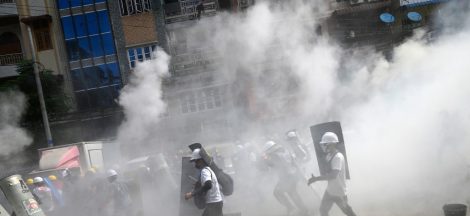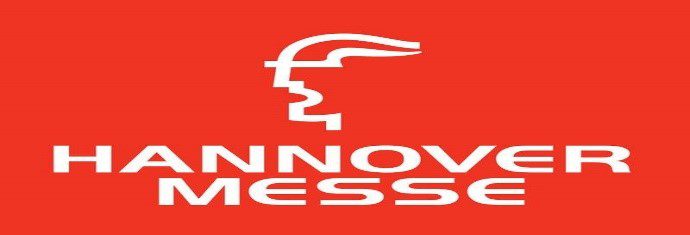Ghosn’s fall from grace: Secret probe by Nissan led to arrest. In an industrial zone in the suburbs of Amsterdam there stands a building bearing a logo that reads “Nissan,” where large trucks come and go. Located about 20 minutes by car from the heart of the Dutch capital, the building is one of Nissan Motor Co.’s overseas bases.

In December 2010, Zi-A Capital BV was established as a Nissan subsidiary. This suburban building was registered as Zi-A’s location. Initially, the position of chief executive officer at Zi-A was assumed by former Nissan Chairman Carlos Ghosn, 64, and even now, former Nissan Representative Director Greg Kelly, 62, is listed as one of Zi-A’s executives.
Although Nissan poured more than ¥5 billion ($44 million) into Zi-A for the purpose of making venture investments, the business has had no employees. “I’ve never heard of such a thing as Zi-A,” was the unanimous response from local people with ties to Nissan.
In the spring of this year, a Nissan executive officer, 54, expressed his skepticism about Zi-A to a secret investigative team established at the carmaker. He told the team that he had felt something funny was going on at the subsidiary. The executive officer, who is a foreign national and possesses qualifications to practice law, has worked in Nissan’s legal affairs division for a long time and was regarded as being close to Kelly.
He had received instructions from Kelly to buy residences without letting anyone know about the purchases. In explaining the reason for such confidentiality, Kelly cited the need to protect the security of these residences.
From 2011 to 2012, the executive officer funneled funds from Zi-A into a dummy company set up in a tax haven, and bought and renovated luxury residences in Brazil and Lebanon at a total cost of about ¥2.1 billion. They were used by Ghosn and his family, a situation that has raised suspicion that the purchases were made by misappropriating investment money from Zi-A for personal use.
Discontentment with Renault
At Nissan, there was pent-up discontentment with France’s Renault SA. The Japanese carmaker’s sales figures stood at about 12 trillion yen, while those of the French automobile company were about 7.5 trillion yen. Nissan has continued to pay a large dividend to Renault, which has a 43 percent stake in the former as its largest shareholder.
The French government, which possesses a 15 percent stake in Renault, was also aiming to exert greater influence over Nissan, with a view to domestic industrial development and job creation. Ghosn had served as a shield against that move. He emphasized to the French government that Nissan was an independent entity. In December 2015, an agreement was reached under which the French government would not be involved in the management of Nissan.
However, the situation was flipped in February this year when Renault decided to keep Ghosn in his position as chairman and CEO. At that time, he was about to finish up his term of office as a Renault board member.
“Ghosn’s stance of defending Nissan changed dramatically,” a source close to Nissan said.
There was growing speculation within Nissan that Ghosn had formed a secret agreement with the French government to achieve Nissan-Renault business integration in exchange for his continued term of office. No specific moves seem to have been made to achieve business integration, but a Nissan executive said, “[The integration] must have been in his mind as one option.”
Some top Nissan officials were antagonized by the possible integration plot. If they took control of the Nissan board of directors, they could eject Ghosn from the company. However, he had reigned in the carmaker’s top position for 19 years, starting in 1999. Given that five of Nissan’s nine board members were viewed as Ghosn supporters, there were limited choices in achieving the objective.
Plea bargaining key
On June 1, Japan’s version of a plea bargaining system took effect. Based on agreements reached between prosecutors and people targeted by criminal investigations or criminal suspects, the system is designed to lighten the degree of criminal responsibility in exchange for their assistance in uncovering crimes committed by others. It is presumed that the system can be used to find the truth of crimes committed by top officials at organizations, based on confessions obtained from their subordinates.
Nissan’s accelerated efforts to conduct an in-house probe coincided with the timing of the new system’s start. The flow of funds tied to Zi-A was “perfect material” for referral to prosecutors, a source close to Nissan said. The remark illustrated how the plea bargain deal was arranged between the carmaker and the special investigative squad of the Tokyo District Public Prosecutors Office, using revelations about the flow of money as an initial step toward striking the deal.
If the in-house probe had been detected by Ghosn and his sympathizers, it could have been blocked. Another person close to Nissan disclosed that the in-house investigation had been carried out by walking a fine line. “In increasing the number of fellow members [involved in the probe], we needed to closely examine their background, personality and nature,” the source said.
The decisive factor in that successful endeavor was a confession obtained from the 59-year-old head of Nissan’s secretarial office, who had served Ghosn for more than 10 years. He revealed to members of the investigation, “Ghosn’s executive remuneration includes payments to be made in the future.”
In Nissan’s securities reports, Ghosn’s remuneration had been stated as about ¥1 billion annually since the start of a system in 2010 for disclosing the amount of compensation received by individual corporate executives. Suspicion had surfaced that he underreported his actual remuneration of about ¥2 billion annually to avoid domestic and overseas criticism about high pay, hoping to receive deferred payments after his retirement.
On the evening of Nov. 19, the special investigation squad took the plunge and arrested Ghosn and Kelly on suspicion of making false statements in the securities reports. Neither had been aware of the moves made by Nissan and the investigation squad.
Nissan has rejected the view that the arrests of Ghosn and Kelly were a coup carried out by people with much longer careers at the carmaker. However, one senior Nissan official suggested that “although the [Nissan-Renault] integration plot is not directly tied to the recent case, it may have laid the foundation [for it]. Ghosn’s fall from grace: Secret probe by Nissan led to arrest (The Yomiuri Shimbun, The Jakarta Post)






 Ministry Regulates Digital Signature Vendors
Ministry Regulates Digital Signature Vendors 